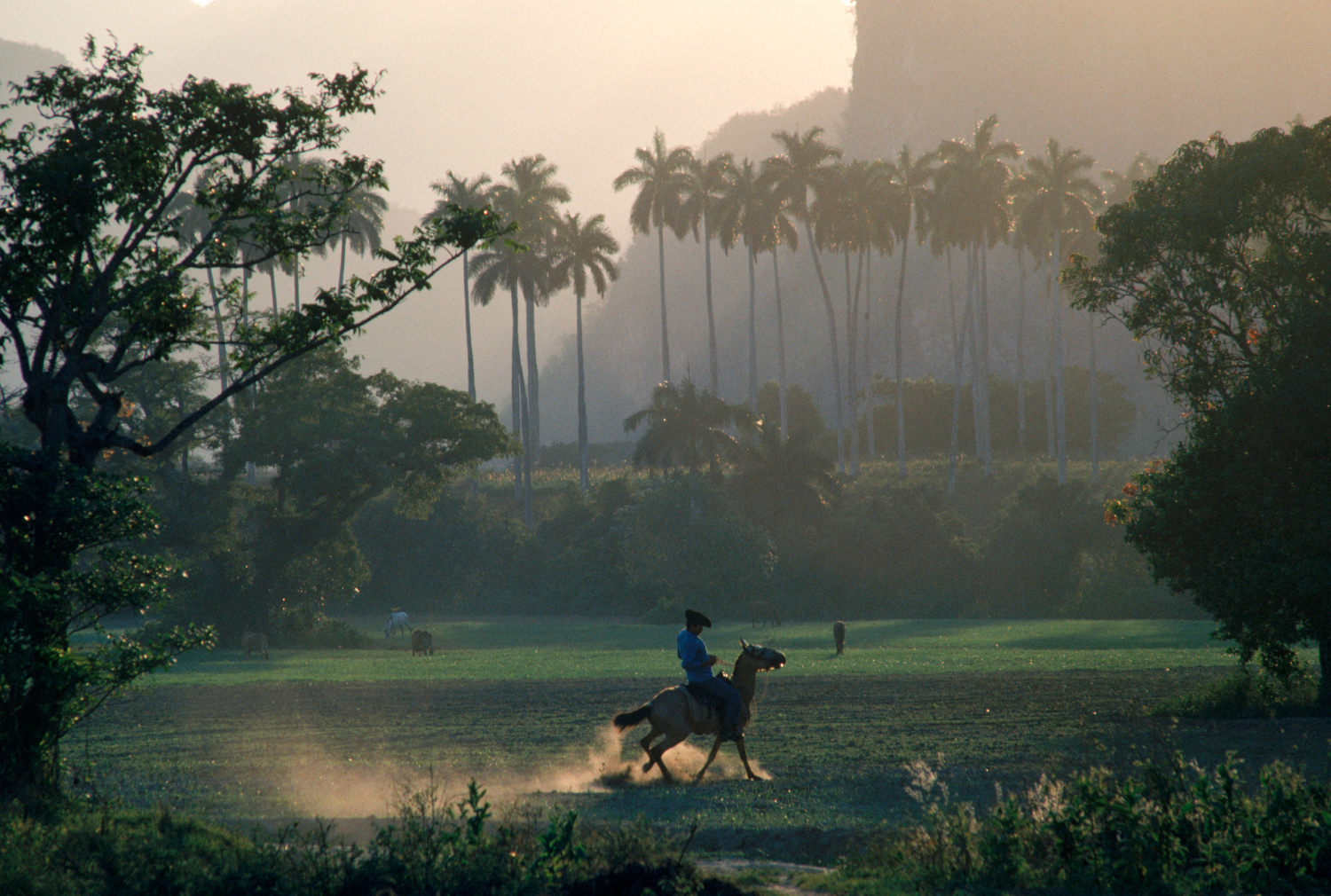
Cycling
With its flat roadways carved between towering mogote mountains, Viñales valley is celebrated as one of Cuba’s best and most scenic cycling spots. Down in this rural western swathe of the island, traffic is scarce – even on main roads – and Viñales lies at the nexus of a network of still-quieter, minor lanes that go to some intriguing destinations. With pedal power, it’s possible to explore them all in a meandering, relaxed way.
The main park attractions all lie within 20km of Viñales’ town square, along two paved but peaceful roads that take you, respectively, to the dreamy fishing village of Puerto Esperanza (25km) and to Cayo Jutias (65km), one of Cuba’s best beaches.
Both of these roads connect with an adventurous cyclist’s dream pedal: the forgotten coast road that links up with Havana in one direction and Peninsula de Guanahacibibes in the other. The Havana-Viñales stretch is an established route with rustic accommodation options well accustomed to visitors on two wheels passing through.
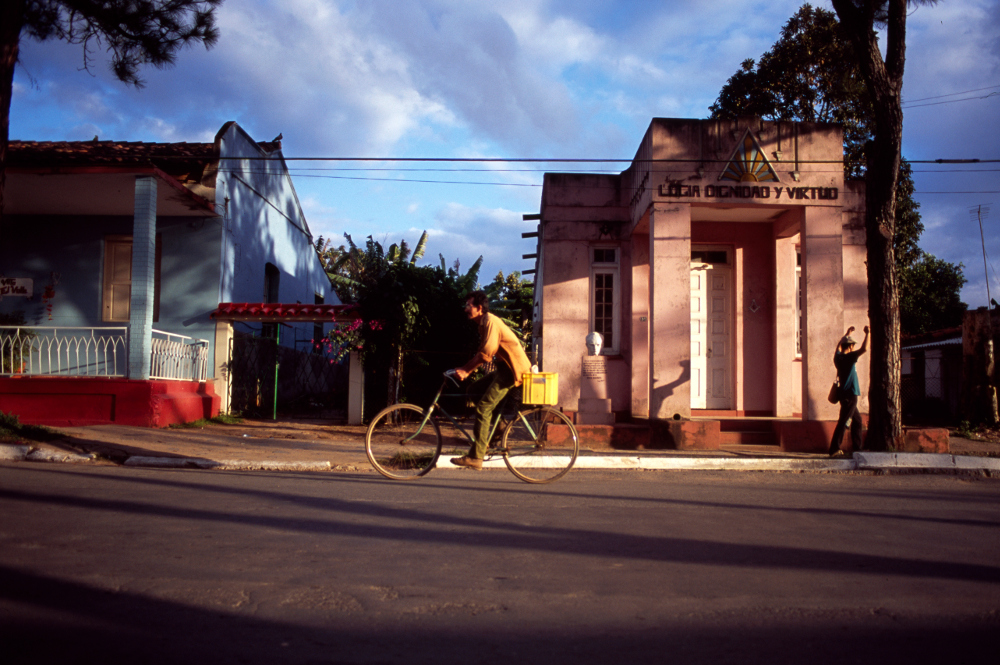
Hiking
The Valle de Viñales is a blank canvas as far as hiking is concerned – a rare thing in Cuba, where trail access is often restricted. Even the national park visitor centre cannot tell you how many routes exist here. Because rights to roam are more relaxed here than elsewhere, even the most isolated farmstead of guajiros (rural farmers) is used to seeing tourists tramping here. Trails take in caves, swimming holes and numerous viewpoints from which you can glimpse valley agricultural life in all its timeless harmony as oxen pull the ploughs and farmhands suck on homemade cigars.
For a gentle introduction to hiking the area, try the 5km jaunt up to the isolated eco-community of Los Aquáticos (you can cover the first 2km on a horse and cart, the de facto transport hereabouts, if you come on a guided tour). There are sensational views over three of the area’s valleys from the top, best seen at sunrise when the panorama is bathed in a beguiling peach and homegrown coffee can revive you after your exertions.
Climbing
The mogotes dotted photogenically throughout the Valle de Viñales and its surroundings are also a series of vertiginous limestone karst rock-faces riddled with caves and bulbous overhangs that attract climbers from across the world. Climbing in Cuba is a very different proposition to climbing elsewhere. The activity does not have the official nod from the Cuban government (it’s tolerated, but not promoted by them: travellers should familiarise themselves with potential insurance issues before climbing here) so it has fallen to a handful of enterprising locals to nurture the scene. One of the best information points is Villa Cafetal, a casa particular right below some of the best mogotes for scaling. The area known as the wasp factory has particularly challenging climbs.
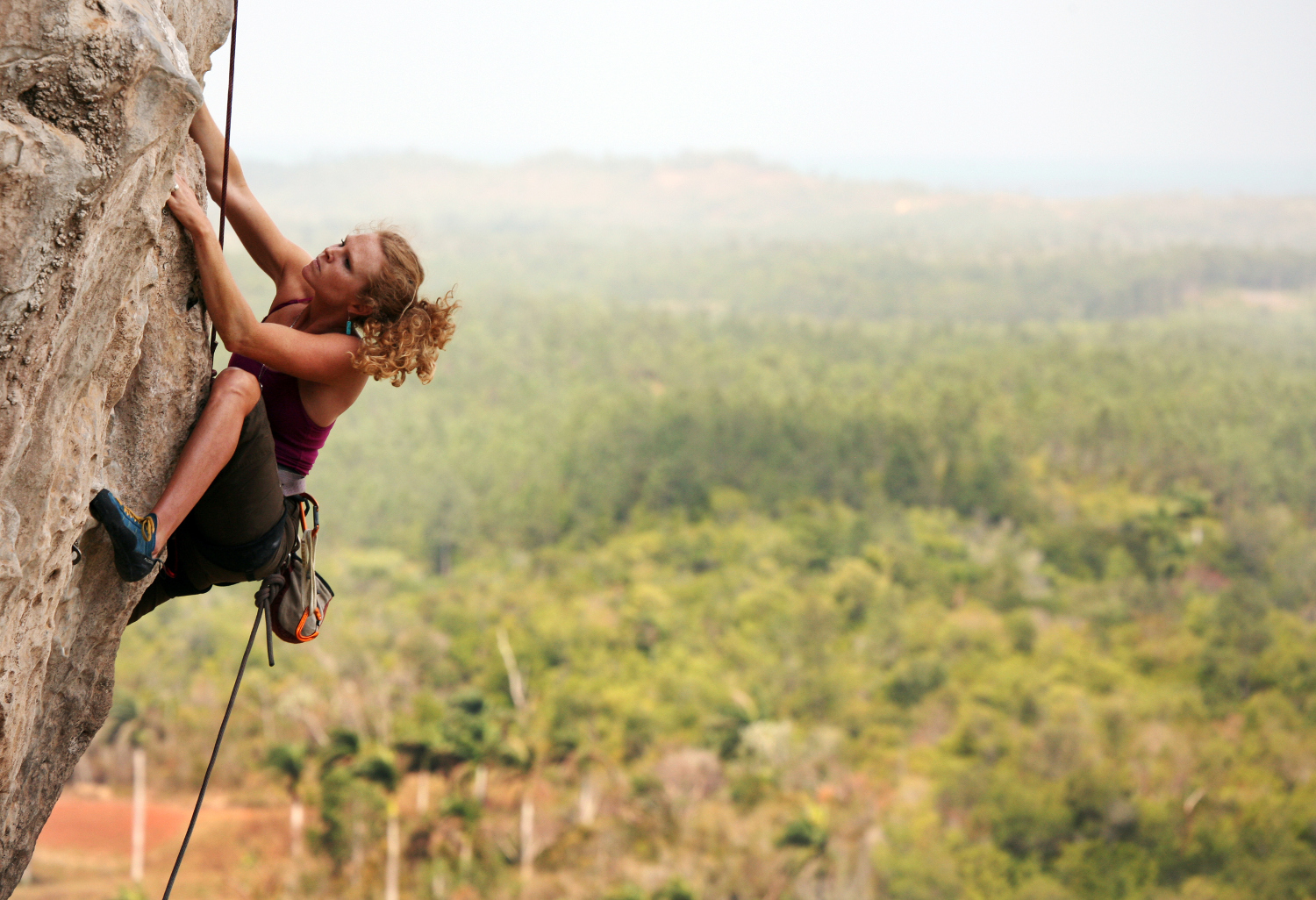
Caves
Once, this entire karst region was a much higher mountain range. Over the millennia it got eroded, leaving only the sentinel-like mogotes as its legacy. The rocky outcrops that remain are carved with labyrinthine cave systems. Just 7km north of Viñales, you can descend into a cave that was once an indigenous dwelling, Cueva del Indio. Boat trips now run through the flooded subterranean chamber.
For a less commercialised cave, a 10km out-and-back hike or horseback ride from town through unspoilt agricultural landscapes will bring you to remote La Cueva de Palmarito, where there is an underground swimming hole.
The granddaddy of cave systems, not just in Cuba but in the entire Caribbean, is Gran Caverna de Santo Tomás, 15km west of town. Some 46km of passageways and galleries await, although only a 1km section can be explored – and only with a guide.
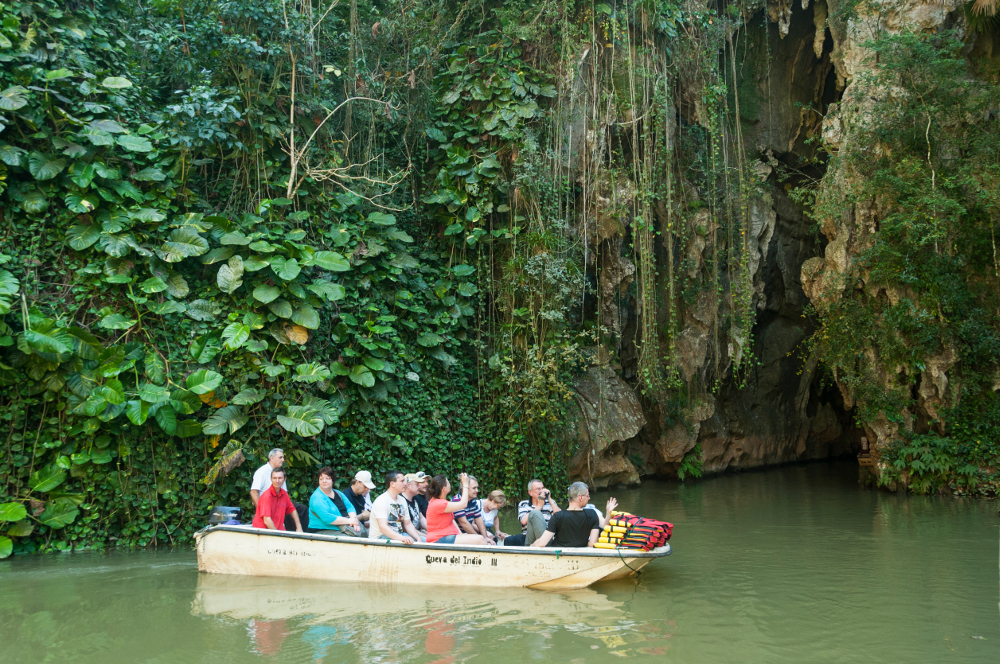
Tobacco plantations
The other allure of the Valle de Viñales is that its fields yield some of Cuba’s (read: the world’s) best tobacco. Any hike around town will get you a glimpse of the region’s fabled export but a couple of places stand out for making the experience that bit more sensory. La Casa de Veguero is a working tobacco farm just outside town where you can take a look inside one of the typical tobacco drying houses and purchase made-on-the-premises cigars. For a still more personal introduction to the tobacco industry, pay a visit to the charming farm of Finca Raúl Reyes, a 2km walk from Viñales town square. Here you can sup sugarcane juice and sample a local cigar on the veranda while the friendly owner explains the finer points of Communist crop growing.
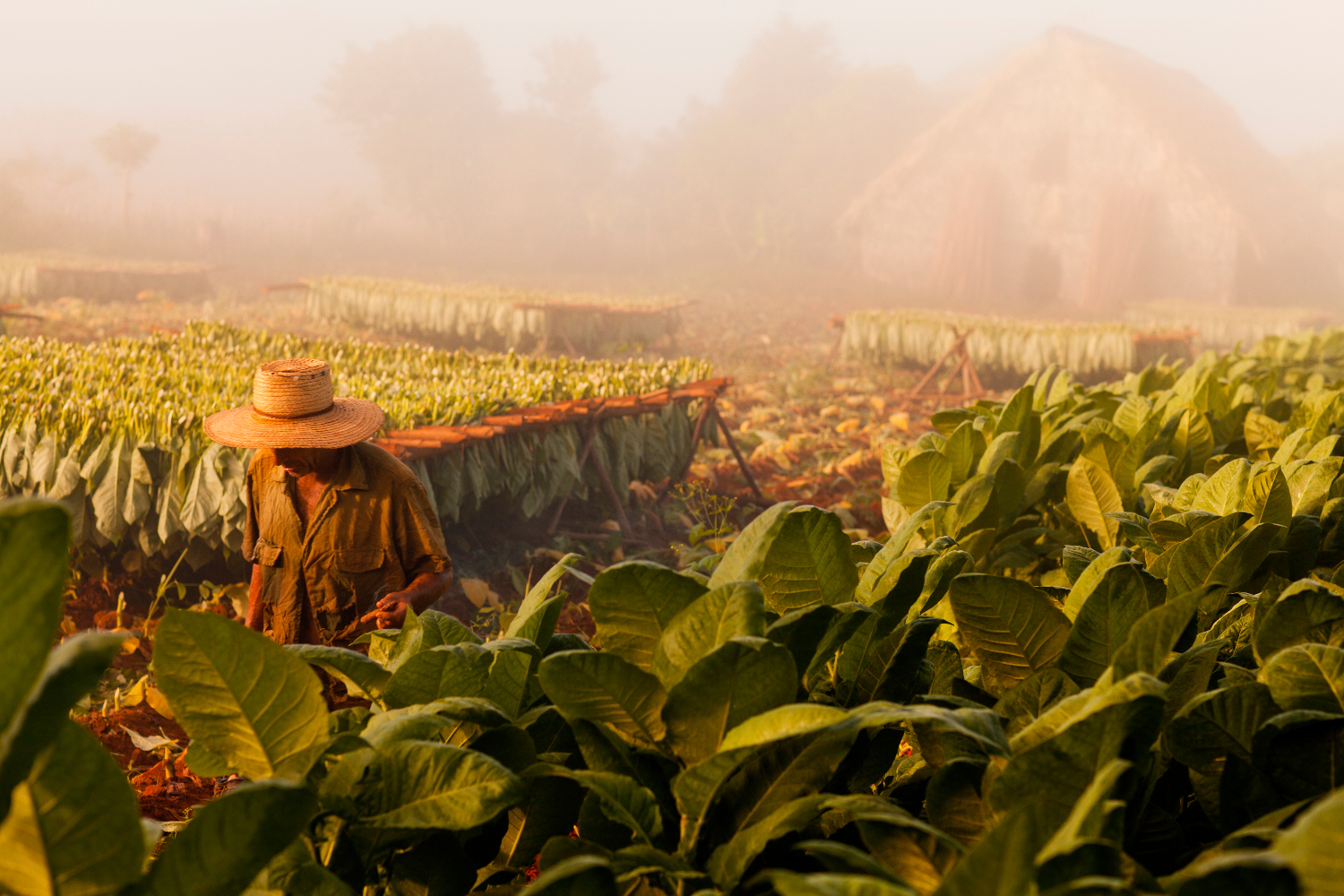 Visit one of Viñales' tobacco plantations and you can see first-hand how Cuba's top-class crops are cultivated. Image by Merten Snijders / Lonely Planet Images / Getty
Visit one of Viñales' tobacco plantations and you can see first-hand how Cuba's top-class crops are cultivated. Image by Merten Snijders / Lonely Planet Images / Getty
Unique accommodations
A traveller’s first impression of a place is invariably where they wind up staying, and in Viñales every second house is a homely guesthouse known as a casa particular. There are more than 300 such places to stay in Viñales: the range of accommodations here is actually greater than in Varadero and second only to Havana. With such diversity, competition is high and therefore standards (as well as the friendly welcome visitors get) are continually being raised. Expect some of Cuba’s best local cooking and phenomenal roof terraces from which to feast your eyes on the mogote-backed views of guajiros tending their fields. A feature of any place you’ll stay in are the sillones, (rocking chairs) on the porches. You’ll soon pick up the local ways: sitting, rocking, sipping a drink and relaxing. In fact, many people come to Viñales specifically to do just that.